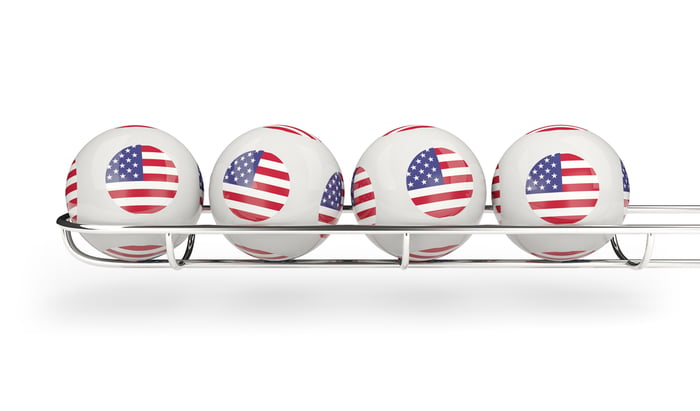Degree 53 Gaming has published a review of the six leading US lottery operators and their multi-product UX strategy. The report sets out to identify what their customer experience offers, how they present and differentiate products, as well as how their digital products support the online customer experience.
The lotteries reviewed in the report comprise the Illinois Lottery, the Kentucky Lottery, the Michigan Lottery, the New Hampshire Lottery, the Pennsylvania Lottery, and the Virginia Lottery.
Degree 53 remarked that the US lottery market is expected to grow at a CAGR of 10% by 2024, and even with the COVID-19 pandemic affecting the global economy, the lottery market has ‘promising opportunities to stay on track with the forecast’.
The digital agency stated that the pandemic has increased demand for digital services and lotteries can win big if they focus on digital transformation, noting that mobile and online can drive lottery market growth no matter if customers can purchase tickets online or simply check tickets.
Operators could increase their revenue by ‘capturing mobile users and driving traffic to their digital products, particularly to support customers remotely’, it noted.
A varied product offering can work in favour of lotteries in creating multi-product experiences too, as cross-selling opportunities for different games, such as ilottery, sports betting, casino and more, will ‘help grow the brand’, ‘increase customer lifetime value and drive revenue’.
Degree 53 found in its report that many lotteries are missing cross-selling opportunities and that lottery website navigation needs to be improved, with clearer terminology in place for multiple products.
It also reported that only a few lotteries try to cross-sell or upsell their services at key points within the customer journey and, as a result, are missing a ‘fundamental opportunity to extend the customer’s time on the site and potentially increase revenue’.
As for website navigation, Degree 53 has called for lotteries to provide simple and effective site navigation to ‘guide the customer to their desired product or service, reducing time spent on browsing and speeding up engagement’.
The report advised that the terminology used for multiple products could be more lucid, as there needs to be a ‘clear distinction’ between products to help customers understand the entire offering. More direct signs on whether the games are available online or retail will also help customers find the right products for them.
Out of the six lotteries reviewed for their multi-product UX strategy, Degree 53 gave its highest score of 75% to the New Hampshire Lottery. The report commended the lottery’s ‘good product overview and useful content’ but noted it should declutter its website and utilise cross-selling opportunities.
New Hampshire was closely followed by the Illinois Lottery with a score of 74%, which received praise for its ‘vibrant and effective home page’, but could do with some improvements in terms of navigation and aligning itself more with why the customer is visiting the site.
The Virginia Lottery was next with a score of 58%. The lottery was complimented for the ‘correct positioning of call to actions (CTAs)’ and its ‘useful content’ that facilitated the customer journey. However, its ‘cluttered home page’ and ‘confusing game navigation’ may hinder that journey.
The Michigan Lottery closely followed, scoring 53%. The report acknowledged that the lottery uses CTAs well, while an integrated registration process allows customers to start playing quickly. Its basic product navigation, however, can make it harder for customers to find what they’re looking for, leading to potential drop offs.
Degree 53 gave the Kentucky Lottery a score of 50%. It praised its vibrant UI and good up-sell opportunities that help to ‘create some excitement for customers’ and differentiate products. However, it said navigation needs to be optimised and graphics and content sections need to be condensed.
The digital agency gave its lowest score of 47% to the Pennsylvania Lottery. While the report appreciated its great product suite with useful onboarding, it said that by ‘tweaking the site and making small changes to it, it’s possible to make a big difference to the entire customer journey’.
Degree 53’s advice to all lotteries looking to improve their multi-product UX strategy is that customers must be at ‘the forefront of the user experience’ and key destinations, such as finding results or the nearest retailer, need to be ‘well highlighted at the start’.
In doing so, it concluded, operators can create a successful and scalable UX strategy in the future.




























